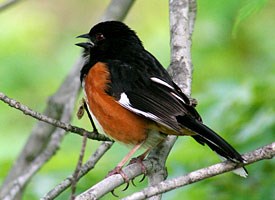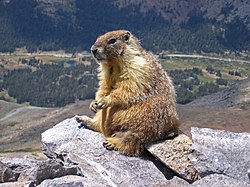Plan Ahead
- Sort through everything and identify items that are truly needed. Everything else can be sold at a garage sale, donated to charity, offered on Freecycle, etc. The less stuff one moves, the less weight ... and that means less fuel.
- Gather moving materials and containers. Rather than buy new packing boxes and bubble wrap, check with the local grocery store or liquor store for usable boxes. Many people offer used packing materials on Craigslist and Freecycle. Keep an eye out for people moving into your area and ask them for any boxes which they no longer need. Consider things you already have ... towels, sheets, pillows, etc. can be used instead of plastic bubble wrap or Styrofoam "peanuts". Check with moving companies who may offer reusable containers and wrapping materials.
- Take a little time to plan your travel route and choose the most fuel efficient of your choices.
The Move
- Rent the smallest truck possible and ask the company if they offer fuel-efficient vehicles.
- If personal vehicles are being used, make sure that tires are inflated properly and plan for as few trips as possible.
Cleaning
- Clean windows, mirrors and floors with vinegar.
- Use a 50/50 solution of baking soda and vinegar to scrub down bathrooms and kitchens (including the refrigerator and oven).
- Sweep patios/decks rather than using a leaf blower.
The New Home
- If the new home needs cleaning, use environmentally-friendly products.
- Check to see if anything needs fixing (water leaks, window caulking, etc.).
- Once unpacked, recycle any moving boxes and materials ... again, think about offering them on Freecycle or Craigslist. Perhaps the moving company will take them back for reuse. As a last resort, break them down and take them to the nearest recycling center.
- File a temporary change of address with the Post Office instead of a permanent address change. Here's an interesting fact ... the Post Office sells lists of permanent address changes to advertisers (they don't bother with the temporary ones). So, to prevent an influx of junk mail, file a temporary, rather than permanent, address change.
Moving can be the adventure of a lifetime, a beginning and an opportunity. With a little thought, it can also be earth-friendly.
As always ... I would love to hear from you!



